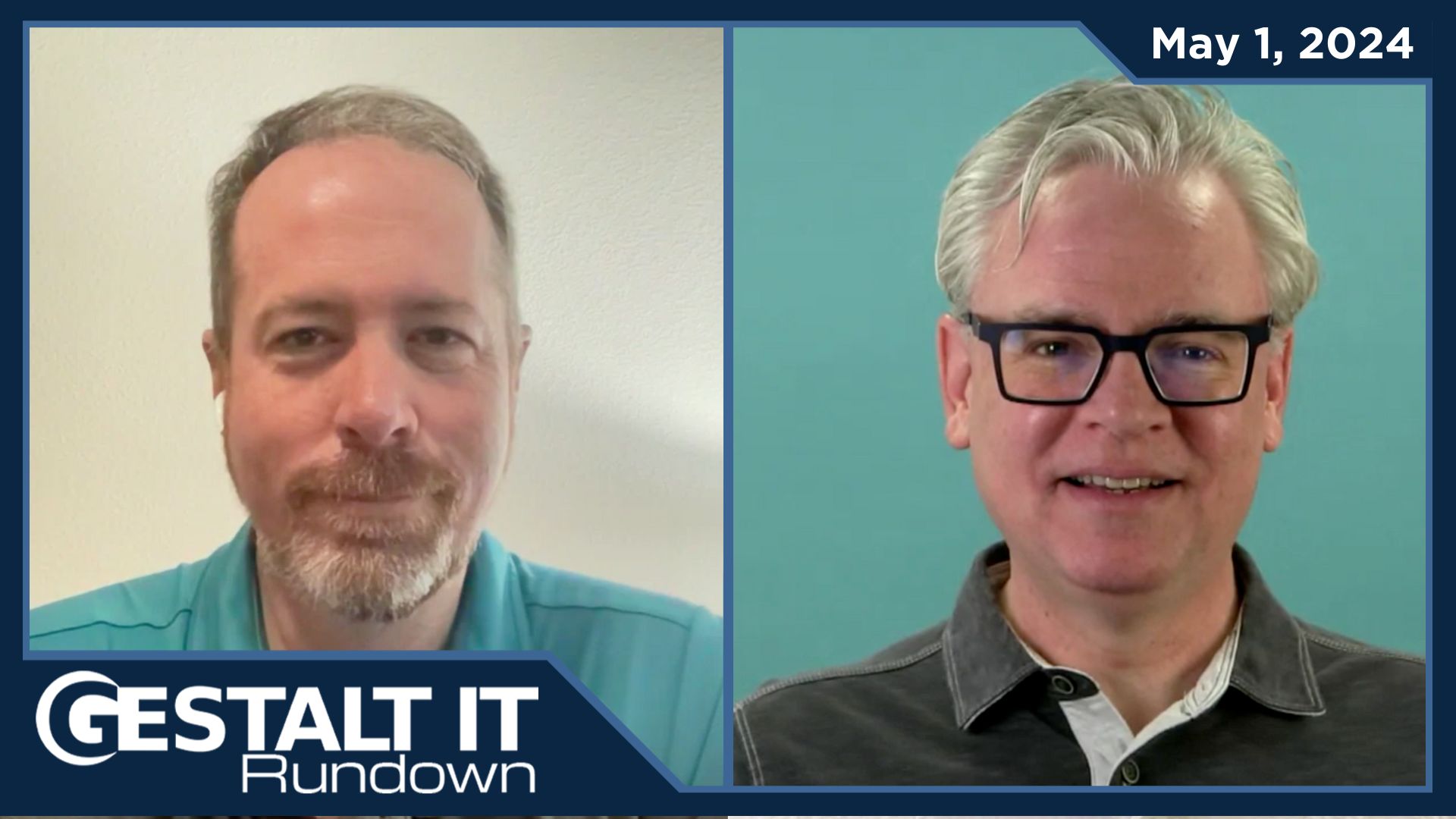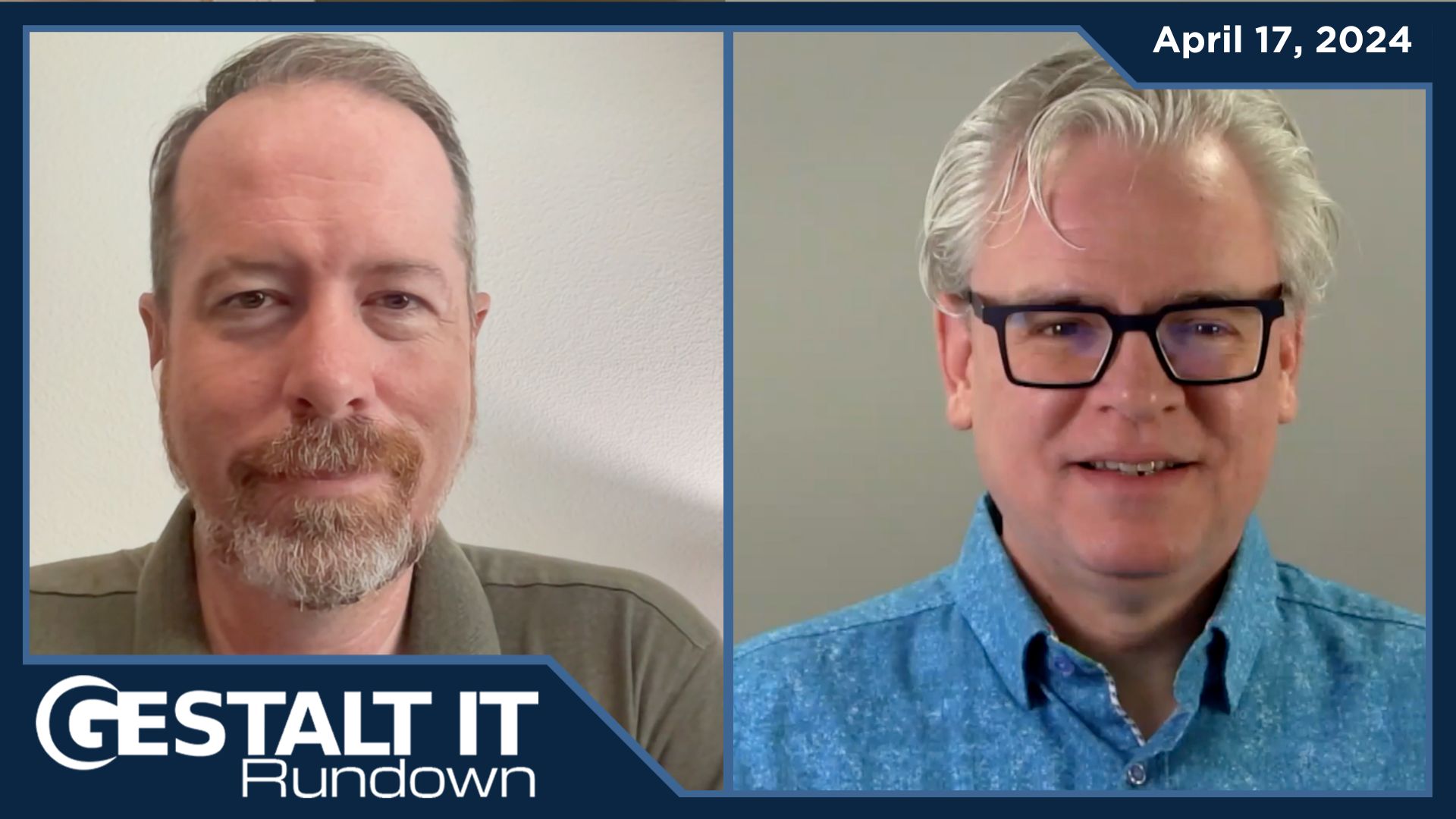The way companies get off the ground has often fascinated me. Companies start with an idea, but building a company requires really hard work to turn that idea into a product that is consumable by a customer. That hard work costs money. Even if the founder of the company has all the skills necessary to take an idea and make it a sellable product, they need to be able to pay their mortgage, put food on the table, and make prototypes for the business. Many times, especially within the tech industry, the founder will only have some of the skills necessary and will need to hire staff to help put that idea into motion. This means that the idea is going to cost money to develop. Where does it come from? This post will use a recent startup, “Rubrik,” to walk through how the process works.
It Takes Money to Make Money
Rubrik identified a problem in the backup market. Backups were too complicated and they should be easier to manage. They came up with the idea of a scalable backup solution that was easy to use. At that point investors were probably not knocking down the doors to hand these people money. Other than identifying a problem and having an idea to fix it, they had nothing yet. To get going, they needed to put in some work to prove that they had a viable product. One person can’t do this alone, so a group of people got together to put in some of their own time to build the product. They were earning equity in the company through their own sweat and likely their own money. These are the co-founders of the business, and between them they own all of a very small pie. How big is the pie? Well at this point we don’t know, there wasn’t really a product yet, but they owned all of it.

Rubrik Founders From Left to Right Arvind Jain: VP of Engineering, Soham Mazumdar: Architect, Arvind Nithrakashyap (Nitro): CTO, Bipul Sinha: CEO
As time went on, the co-founders had built some proof of concepts, prototypes, etc., and had something that they could show off. Depending on the complexity of the product, they may have had to hire some employees, rent some office space or buy some equipment, which took some more capital. Perhaps they got a loan from a bank or friends/family donated some money to the effort with the expectation that they’d be paid back or earned their own equity in the company. There is also the idea of an incubator where people will provide advice or working space in return for a piece of that small (for now) pie. If you’re a fan of Silicon Valley on HBO, just think of how Erlich Bachman allows Pied Piper to work out of his house.

Incubators cost money you know?
If You Built It, They Will Come
The co-founders have a working solution, but that’s going to need to be fixed up a bit before anyone is going to buy it. I imagine that Rubrik had a working prototype of a backup solution, but it probably didn’t look very pretty at this point. Customers were going to need a stable, good looking product with support before they gave you their money for it. This is going to take more money. Now comes the venture capital (VC) funding rounds, commonly referred to as “series funding.”
The co-founders will give up some of their hard-earned equity to venture capitalists who in return will give them money to grow the business. It’ll be needed to buy hardware, hire support staff, hire a sales team, etc. For Rubrik, they got their 10 million dollar Series A funding through Lightspeed Venture Partners. Why did Lightspeed Venture Partners give them this money? Well, they valued the company at 42.5 Million dollars. This works out to about 23% of the total company. Take a look at the pie again now. Arvind, Bipul, Nitro, and Soham gave up a percentage of the company, but the company grew to a MUCH larger size now. So, while they have a smaller slice of the pie, that slice is getting pretty big.

Rubrik came out of stealth mode at this point and was able to start selling the solution to customers. The company was gaining traction but was a newcomer to the backup market. It would need to grow its brand to compete with the established backup companies. This means even more funding would be needed. Rubrik went on to get Series B funding from existing investors and Greylock Partners, another Venture Capital firm. This time, investors gave Rubrik 41 Million dollars to grow the business.
Later, Series C funding comes in which is usually used to scale the business. Attacking markets globally means hiring sales and engineers globally and opening satellite offices. This is an expensive task, so usually additional funding is necessary. Rubrik added to its existing investors list by adding Khosla Venture Partners. Series C funding gave them an additional 61 Million dollars in capital at a valuation of $610 Million. Rubrik went on to get Series D funding by adding on Institutional Venture Partners with an additional $180 Million dollars with a valuation of now 1.3 Billion dollars.
If we stop to look at the ownership over time, which one would you like to have? 100% of a little pie, or a smaller percentage of a very large pie?

NOTE: The pie graphs are approximations. There are certain unknowns that I had to guess at such as the Series B Valuation which I couldn’t find, as well as any friends and family stock ownership. Please don’t use these percentages as gospel.
What Do the Venture Capitalists Want?
It’s simple, they want money. Either the company is going to make so much revenue that they can begin to pay back the investors or the company goes public. Until the company has their initial public offering (IPO) on a stock exchange, this equity in the company is somewhat hypothetical. If the company dissolves for some reason, so does their investment. Companies go public to raise additional capital, but also to convert the investors restricted stock into common stock which can be sold to anyone who wants it on an open market. When a company goes public, it’s been verified by the markets, and equity owned by investors is no longer restricted. Anyone with cash can buy the stock, and that means the investors can now sell their stock. The trick is that now the valuation of the company becomes the duty of the market. If the investors did their job, the company will be valued higher than during the series rounds, and they make money.
IPO
Who knows what will come of Rubrik, but one can sense an IPO happening down the road. Clearly, I’m just a Solutions Architect who finds this stuff interesting. I’m sure that people who work in finance every day are rolling their eyes about my surface level understanding of the process, but getting an idea of the basics seems important.
Just for some comparisons, I’ve taken some series funding rounds for recent tech companies and their IPO to compare them. Funding doesn’t correlate to stock price, but seeing how they stack up might be useful to understand the landscape.

Summary
New companies start with an idea, but have to raise a lot of capital to turn that idea into a viable product. Through a series of investments by others, these ideas can become products that can be sold to real, live people or other companies. If the investors are calculating properly, those investments can be worth more money as the company continues to grow, and to the founders, their small company can get very large with a little help and some good luck.
 This post is part of a Rubrik Tech Talk series. For more information on this topic, please see the rest of the series HERE. To learn more about Rubrik, please visit https://www.Rubrik.com/.
This post is part of a Rubrik Tech Talk series. For more information on this topic, please see the rest of the series HERE. To learn more about Rubrik, please visit https://www.Rubrik.com/.





[…] While Datos IO was still in it’s seed funding round according to Crunchbase, Rubrik has had several rounds of funding. Rubrik’s cash rich bank accounts, might have been burning a hole in their pockets but my […]